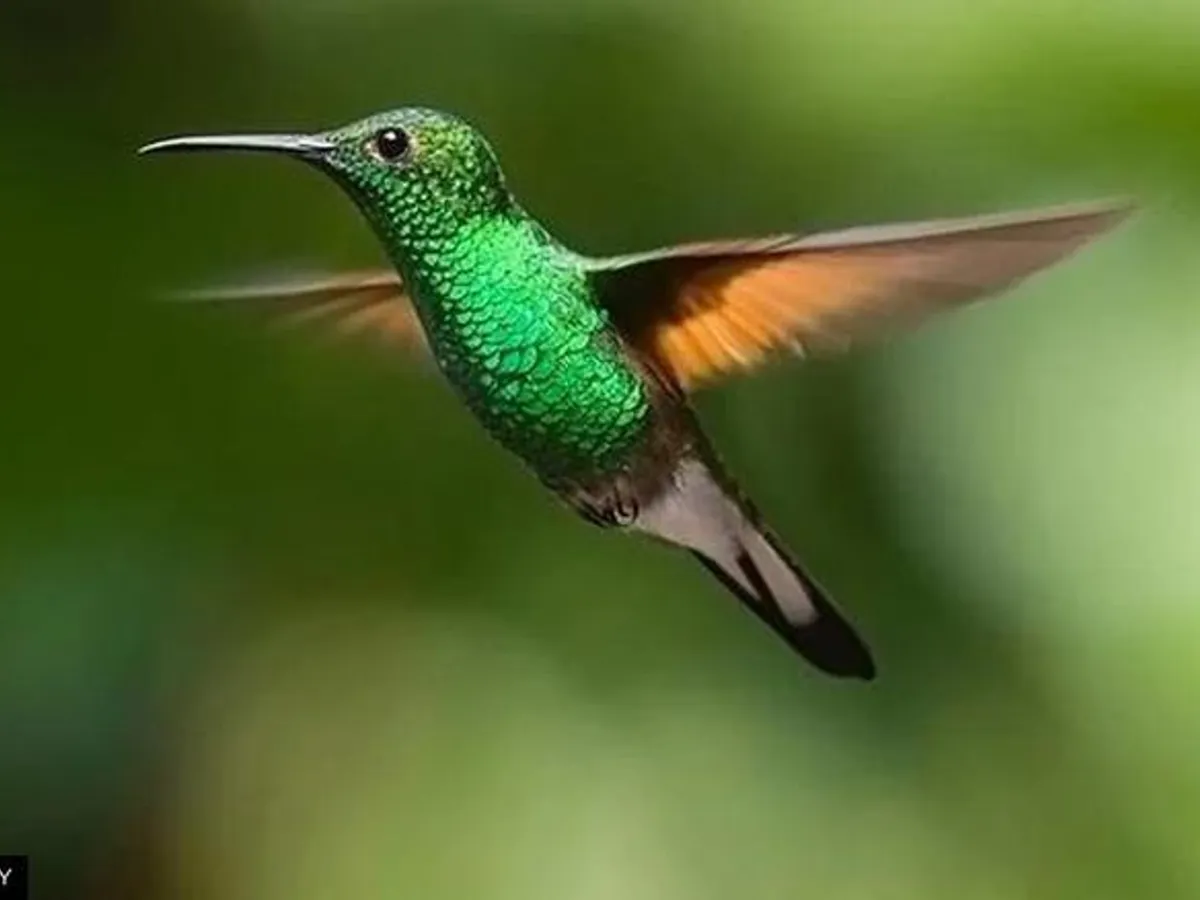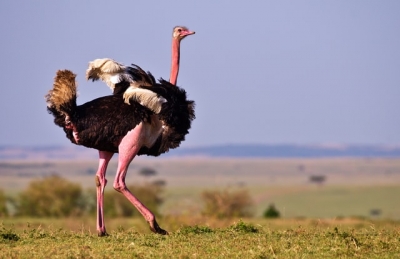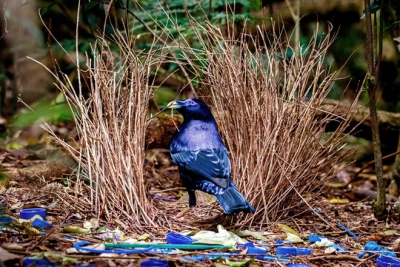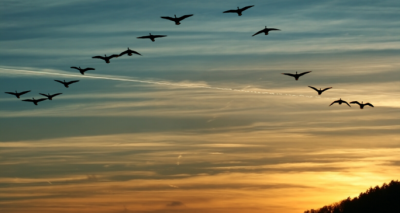
An elusive and rare hummingbird has been rediscovered in Colombia by a birdwatcher. The hummingbird Santa Marta sabrewing has been spotted years after it was first recorded in 2010. The news has sent ornithologists across the world into a state of excitement as they celebrate the find.
This is the third time that the species has been documented. It was first documented in 1946 and later in 2010 when the researchers captured pictures of the species in the wilderness.
The bird was spotted by Yurgen Vega during a survey of the endemic birds in the Sierra Nevada de Santa Marta. The researcher said that the sighting was a complete surprise and that he was overwhelmed with emotion when he first spotted the bird.
The hummingbird Santa Marta sabrewing, which is only found in the Sierra Nevada de Santa Marta mountains of Colombia was thought to have gone extinct by many ornithologists. This species of hummingbird has been listed on the IUCN red list of threatened species 'as critically endangered'. The bird also figures in the Top 10 'most wanted' list of the 'Search for Lost Birds' initiative of conservation organisations.
The hummingbird spotted by Yurgen Vega was male. The bird is identified by its emerald green feathers, bright blue throat and curved black bill The bird was spotted to be singing and vocalising. Scientists associate this behaviour to either courtship or defending territory.
John Mittermeier, director of threatened species outreach at the American Bird Conservancy has likened the rediscovery to "seeing a phantom".
The species is believed to live at an altitude of 1200 to 1800 metres in the neotropical forest. During the rainy season, they are known to migrate in search of flowering plants.
The Sierra Nevada de Santa Marta in northern Colombia is rich with wildlife and home to 24 bird species that aren't found anywhere else. Yet, according to scientists, only 15 per cent of the habitat is intact. The spotting of the hummingbird has further intensified the call to protect these forests which can solely aid in the conservation of the rare species dwelling there.
Armed with this information, the scientists will now focus on identifying stable populations of this species which can help them come up with conservation strategies and learn more about the bird.
What's the IUCN Red List?
The International Union for Conservation of Nature's Red List of Threatened Species is an indicator of the health of the biodiversity in the world. The global conservation status of animals, plant species and fungi are covered under this. The list indicates the conservation status of the species and helps in formulating conservation plans. It gives information such as the habitat, population size, ecology, threats the species faces and so on. At present, there are more than 147,500 species on the IUCN Red List of which more than 41.000 species figure under the "threatened with extinction" category.
What's 'Search for Lost Birds'
A joint initiative of conservation organistaions Rewild', 'American Bird Conservancy (ABC) and ‘Bird Life International’, the Search for Lost Birds' attempts to find 10 species that haven't been observed in the wild for over a decade but do not figure in the extinct category of IUCN Red List of Threatened Species.
Picture Credit : Google



